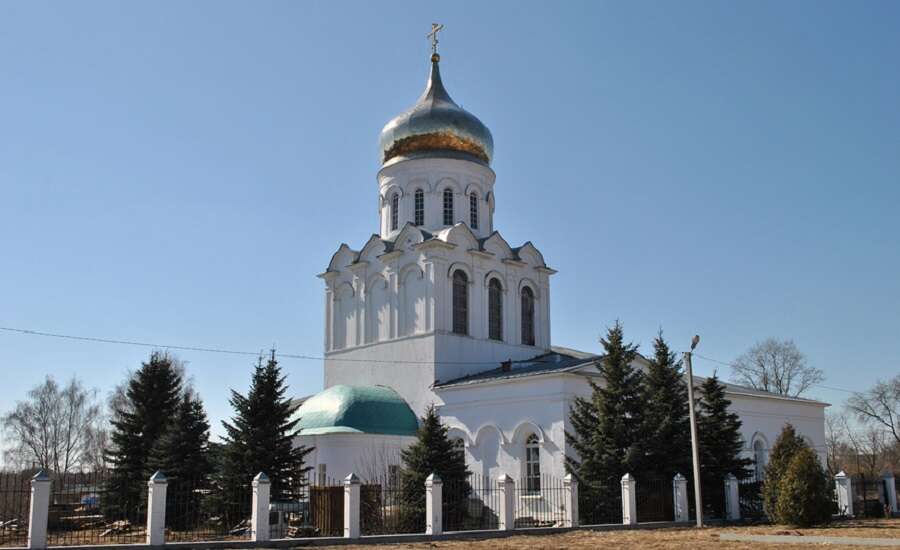
Halfway between Troitse-Sergieva Lavra and Pereslavl-Zalessky there was a settlement known as Great Sloboda or Old Sloboda. At the beginning of the sixteenth century a new settlement appeared next to the old one and was called a New Sloboda or Alexandrovskaya Sloboda.
Read more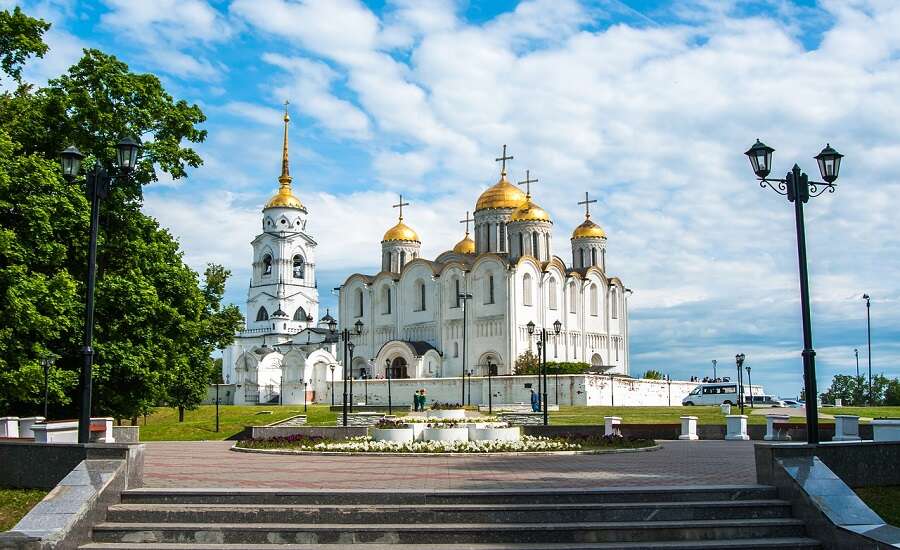
The area around Vladimir City has been a site of human inhabitation for approximately 25,000 years. Traditionally, the founding of Vladimir has been acknowledged as 1108 when Vladimir Monomakh inherited the region as part of Rostov-Suzdal principality in the 12th century.
Read more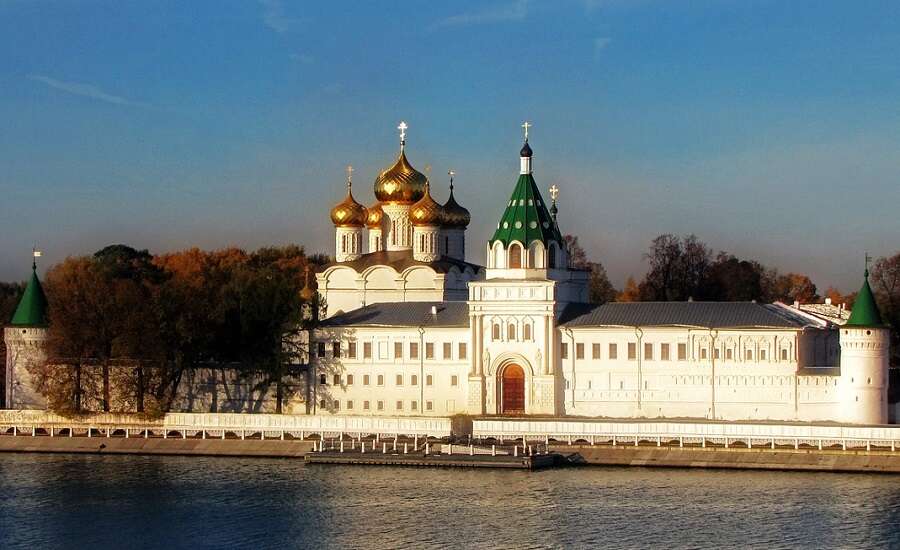
The city was founded by Ury Dolgoruky during his trip to Kazan, so it is almost as old as Moscow. This is how the area of the city was described in the chronicles:”…there were dark woods, primeval forests. There ran fearsome robbers, and no-one could escape from them. Only Ury Dolgoruky punished them all and built a city.”
Read more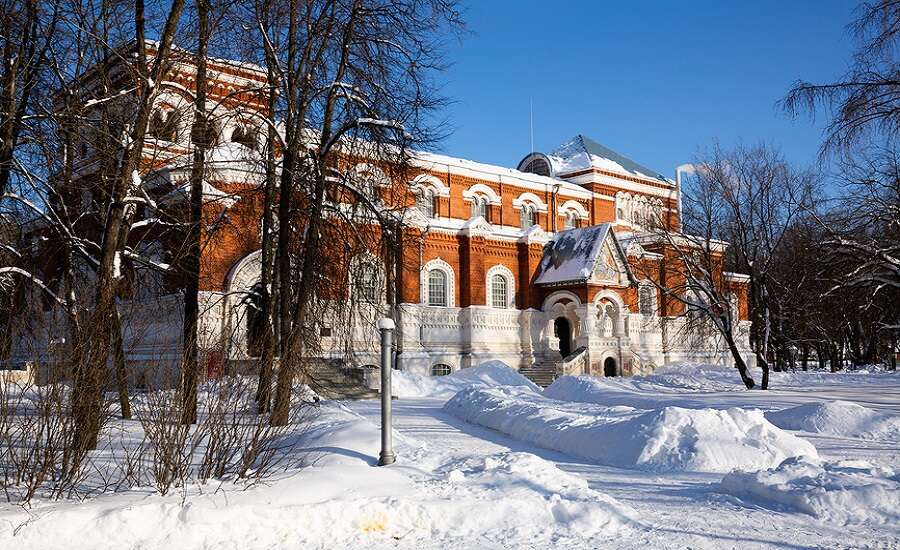
The history of this city began in the middle of the eigteenth century. In 1756 the merchant Akim Maltzov founded a crystal factory ( ‘hrustalny’ means crystal) and development of Russian glass-making began. For almost half of a century the factory belonged to Maltzev’s family, who became founders not only of glass-making, but also the began a unique glass collection kept at the Maltzev Crystal Museum.
Read more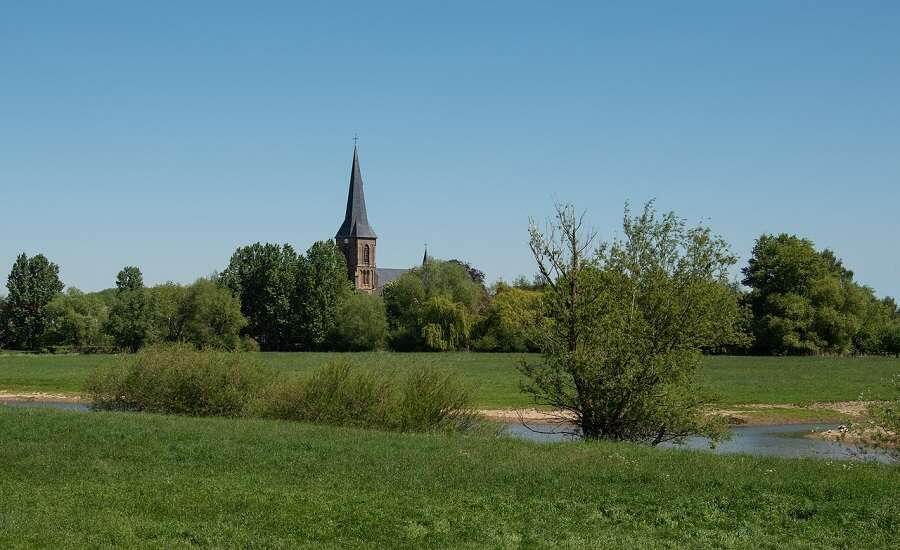
In 1971 Ivanovo celebrated its 100th anniversary, even though it was first mentioned in chronicles long ago. In 1561 Russian tsar Ivan Grozny (Ivan the Terrible) gave this village (at those times it was a village) as a gift to his wife’s brothers. Some time later it was destroyed by the Polish and Lithuanian armies. After it was restored it became a large industrial and trade center: textile, cotton and linen manufacturers appeared here as early as the seventeenth century.
Read more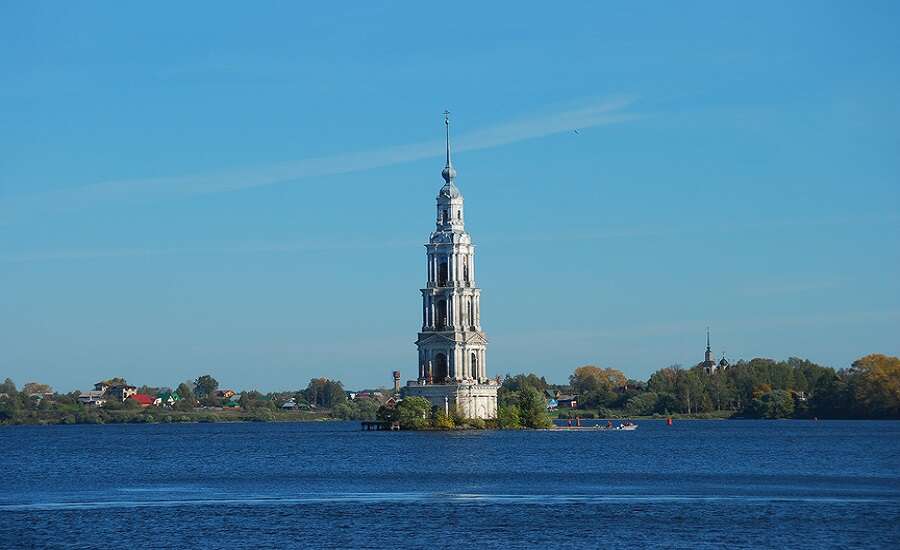
Kallyasin is one of the oldest cities of the Tverskaya region, and is situated on the bank of river Volga. It was first mentioned in the XII century. In 1134 Yury Dolgoruky founded a city-fortress Knyazin in the river Nert. Later, on the other side of the River Troitsky, the Kalyazinsky Men’s Monastery was founded and soon became the main feature, and cultural and economic center of the new city. In 1936-1940 the territory of the monastery was flooded and the main monument of the city were inundated. In its place a hydroelectric power station and a reservoir were built.
Read more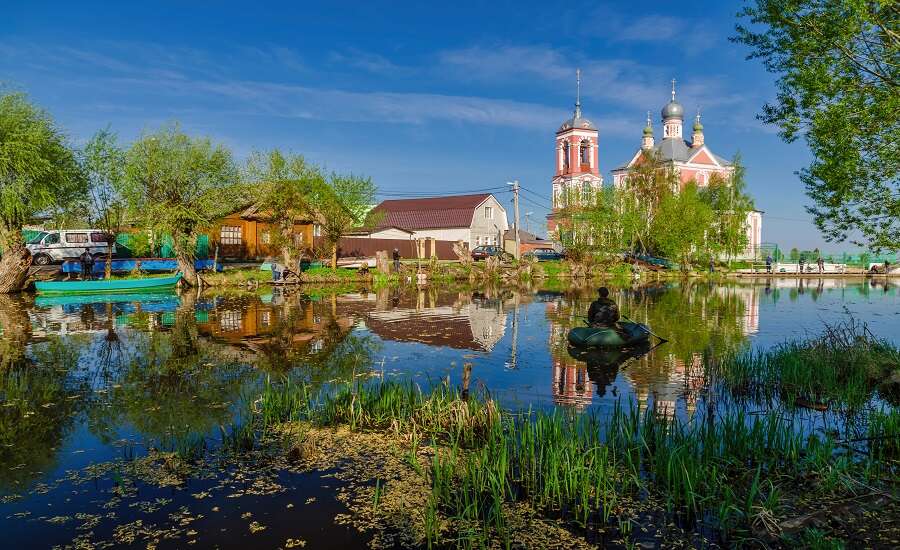
Today Pereslavl-Zalessky is one of the most beautiful cities of Golden Ring; it attracts tourists with its special atmosphere, the quietness of the narrow streets, the slow flow of the river Trubeg and the boats next to the river houses. You can go boating or fishing, or if you are tired of all of that there are four monasteries to see. You can easily relax here!
Read more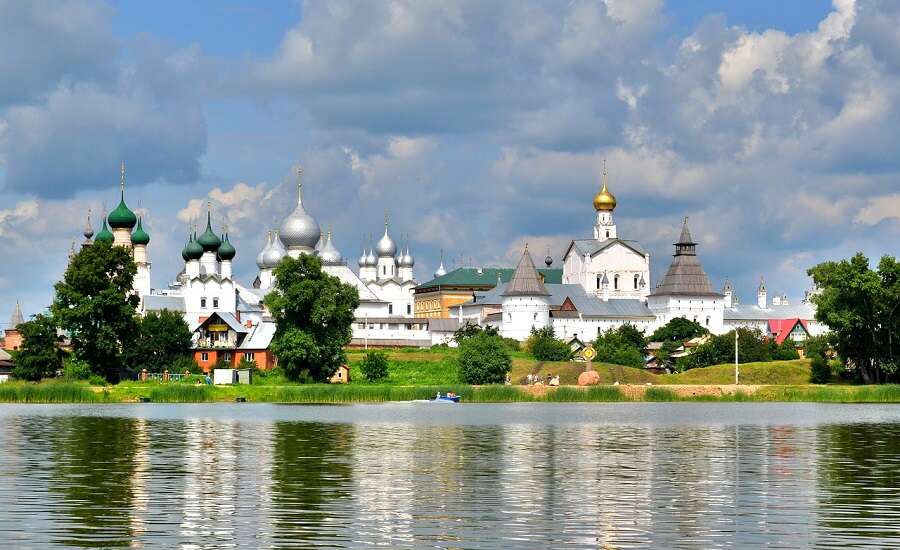
Rostov Veliky is one of the most ancient Russian towns, having been mentioned from 862. It was one of the centers of Kievan Rus. From the tenth to the middle of the twelfth century Rostov, along with Suzdal, became one of the centers of the Rostov-Suzdal kingdom. From the ninth century Christianity was established in the area, and Rostov became home to one of the most authoritative Russian orthodox churches.
Read more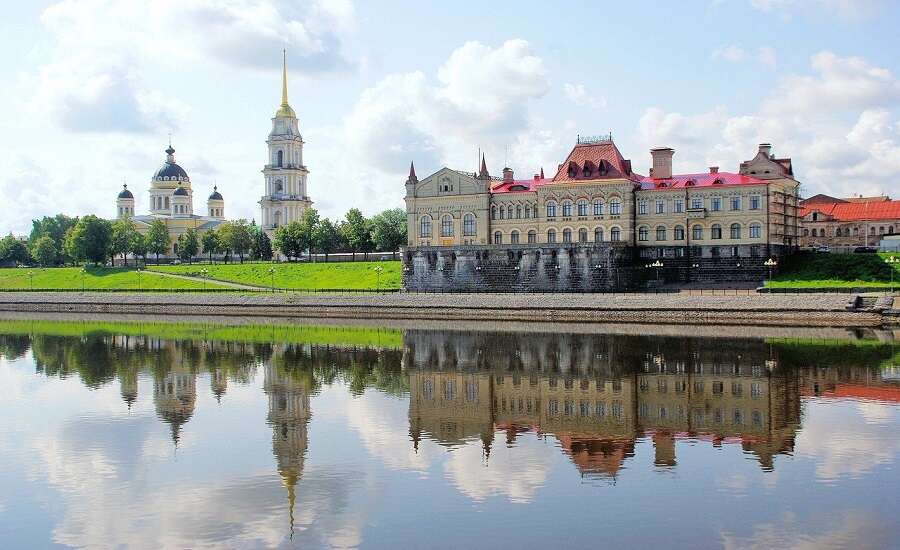
Rybinsk is one of the Ring’s better-known towns, and to this day maintains its old-fashioned merchant feel. The first mention of a settlement in the territory of contemporary Rybinsk dates from the ninth century, when, according to archeologists, its was a center of metallurgy. The town, which in those days was called Ust’-Sheksna, was razed to the ground by the invading Mongols. By 1504 the current-day Rybinsk, populated mainly by fishermen, was built in the place of the old settlement. In 1615 the Yugsko-Dorofeevskaya monastery, which later became the largest in the Yaroslavl district.
Read more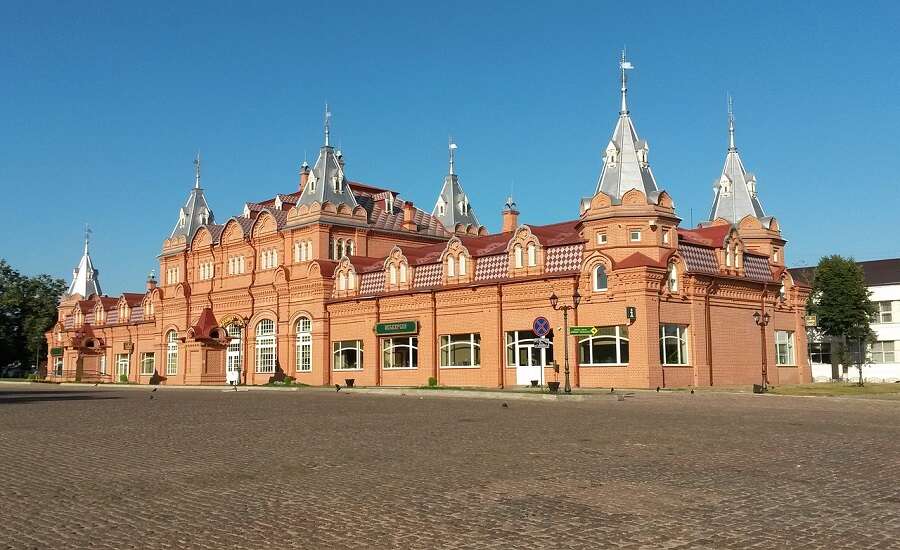
Sergiev Posad was named in honour of Sergei, founder of the largest monastery in Russia. In 1919 the town was renamed Sergiev, but in 1930 it was changed again into Zagorsk, to honour the revolutionary Zagorsky. In 1991 the city’s historical name was returned.
Read more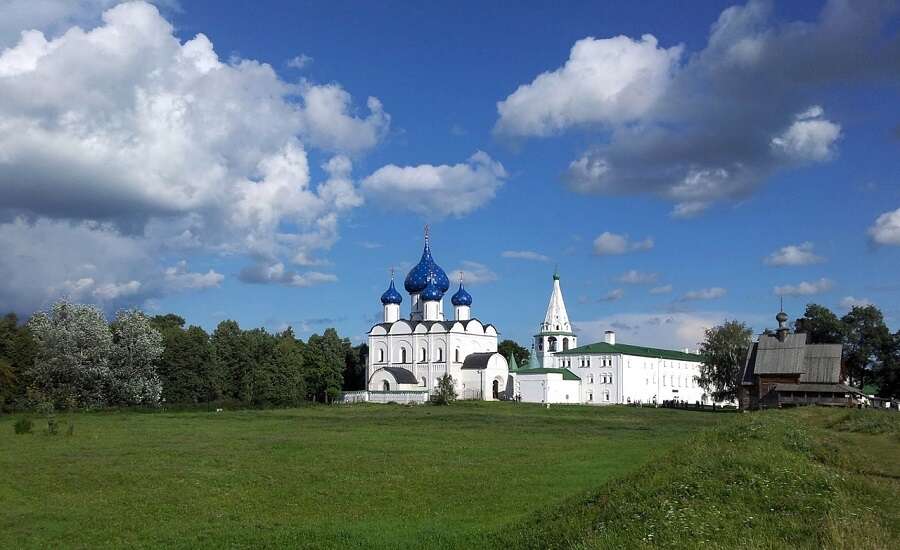
There are about 300 architectural monuments in Suzdal. Four of them, the Nativity Cathedral (Rozhdestvensky Cathedral) (the 13th-century) that is situated in the Kremlin, the Saint Boris and the Saint Gleb Church (the 12th-century), the ensembles of the Intercession (Pokrovsky) Convent and the Monastery of our Savior and St Euthimius (Spaso-Yevfimiyev Monastery) were included in the list of the World Cultural Heritage of UNESCO.
Read more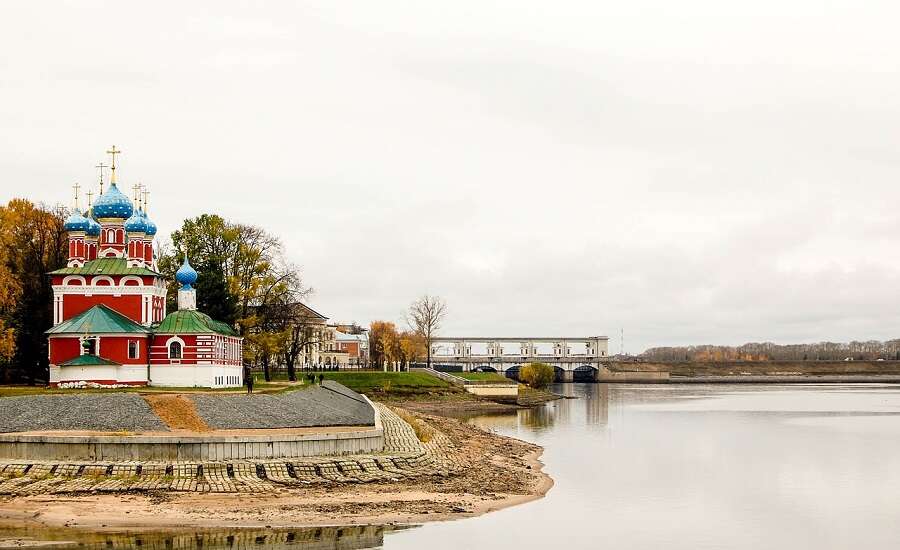
Uglich is an ancient Volga town. Local manuscripts inform us that the town was founded in 937 by Yan Pleskovich, a relative of princess Olga. Archeological digs confirm that the land was inhabited thousands of years ago – as far back as the Paleothic period.
Read more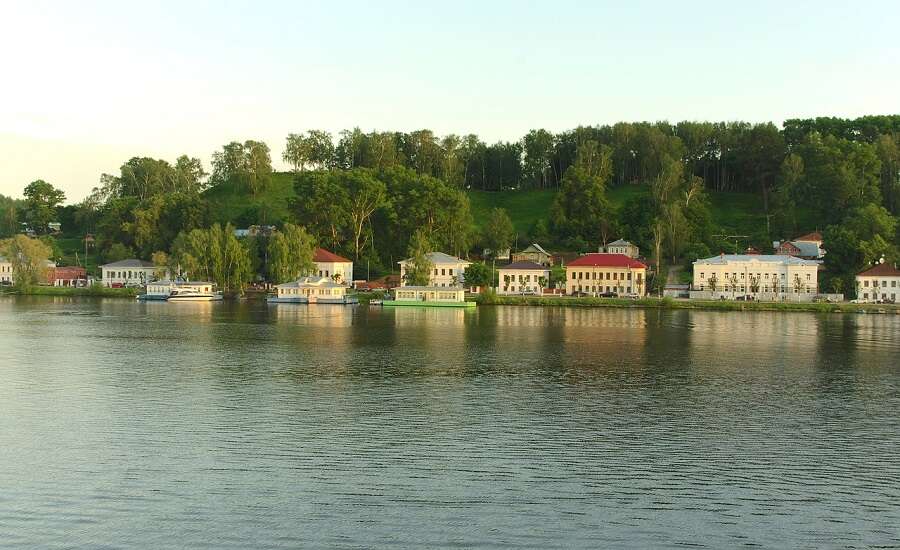
Ples was founded in 1410 by Prince Vasily the First as a fortress on the Volga, protecting Moscow and Volga towns. The history of the town, however, started long before this: according to legend, the ancient town Chuvil once stood here. And, indeed, many archeological digs in the area of contemporary Ples uncovered remains of civilisation, including pottery dishes and iron knives, sickles, and various decorations. The remains were dated back as early as the ninth century.
Read more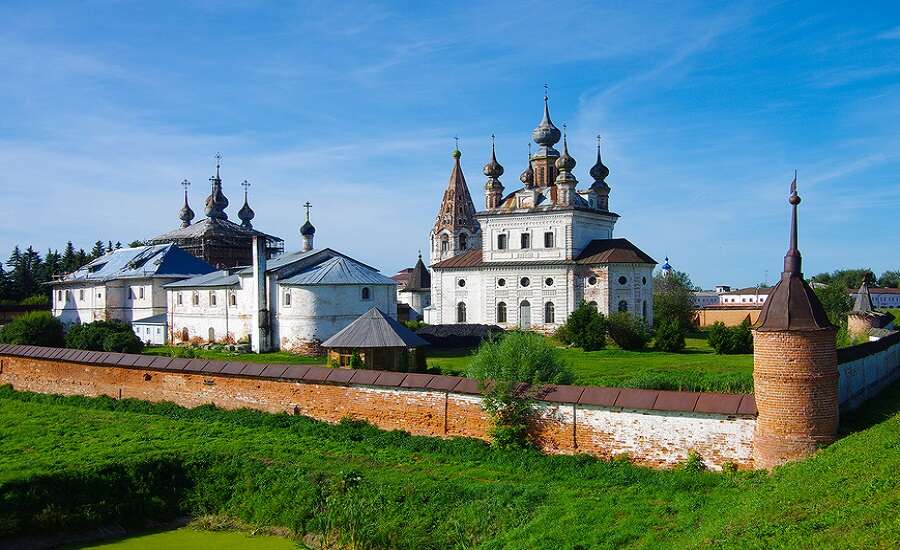
Travelling 68 kilometers from Vladimir and having passed old russian villages Novoalexandrovo, Olihovo, Kutukovo, Old Yard, Obrashiha you’ll get to Uryev-Polsky. The city is only 5 years younger then Moscow and was founded by Ury Dolgoruky as an outpost to protect Vladimiro-Suzdalskay Oblast from the north. So the name Uryev comes from its founder Ury Dolgoruky, the second part of the name-Polsky-from the wild territories surrounding the city. The old part of the city is situated on the hill, between two natural boundaries-river Koloksha and its inflow-river Gza.
Read more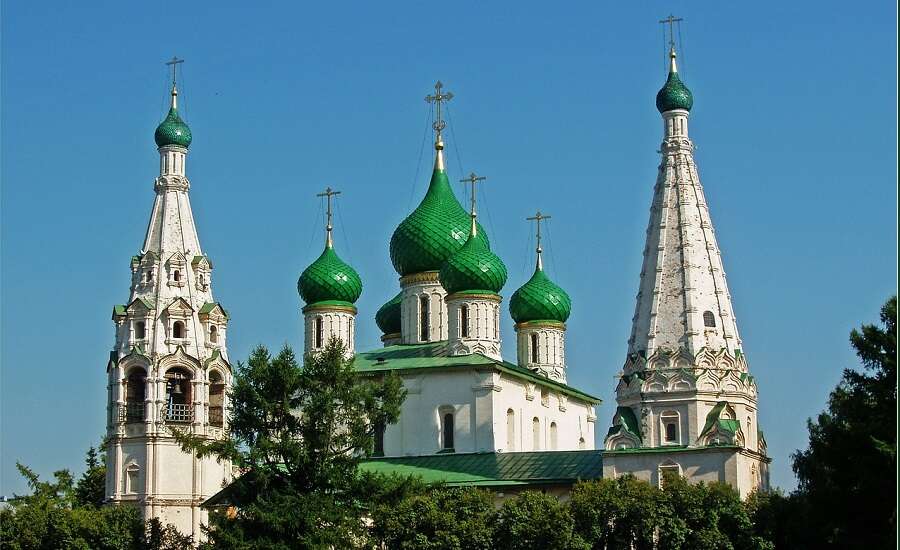
Yaroslavl is situated on the river Volga on the place of the settlement known as Medvegy Ugol (Bear’s Corner). The legend says that Duke Yaroslav Mudry occupied this settlement and carved an image of a bear with his battle-axe, hence a bear carrying the battle-axe can be seen on the city’s emblem. According to the other version of the legend the great duke killed a real bear.
Read moreJoin us on Facebook
We invite you to become a fan of our company on Facebook and read Russian news and travel stories. To become a fan, click here.
Join our own Russian Travel, Culture and Literature Club on Facebook. The club was created to be a place for everyone with an interest in Russia to get to know each other and share experiences, stories, pictures and advice. To join our club, please follow this link.